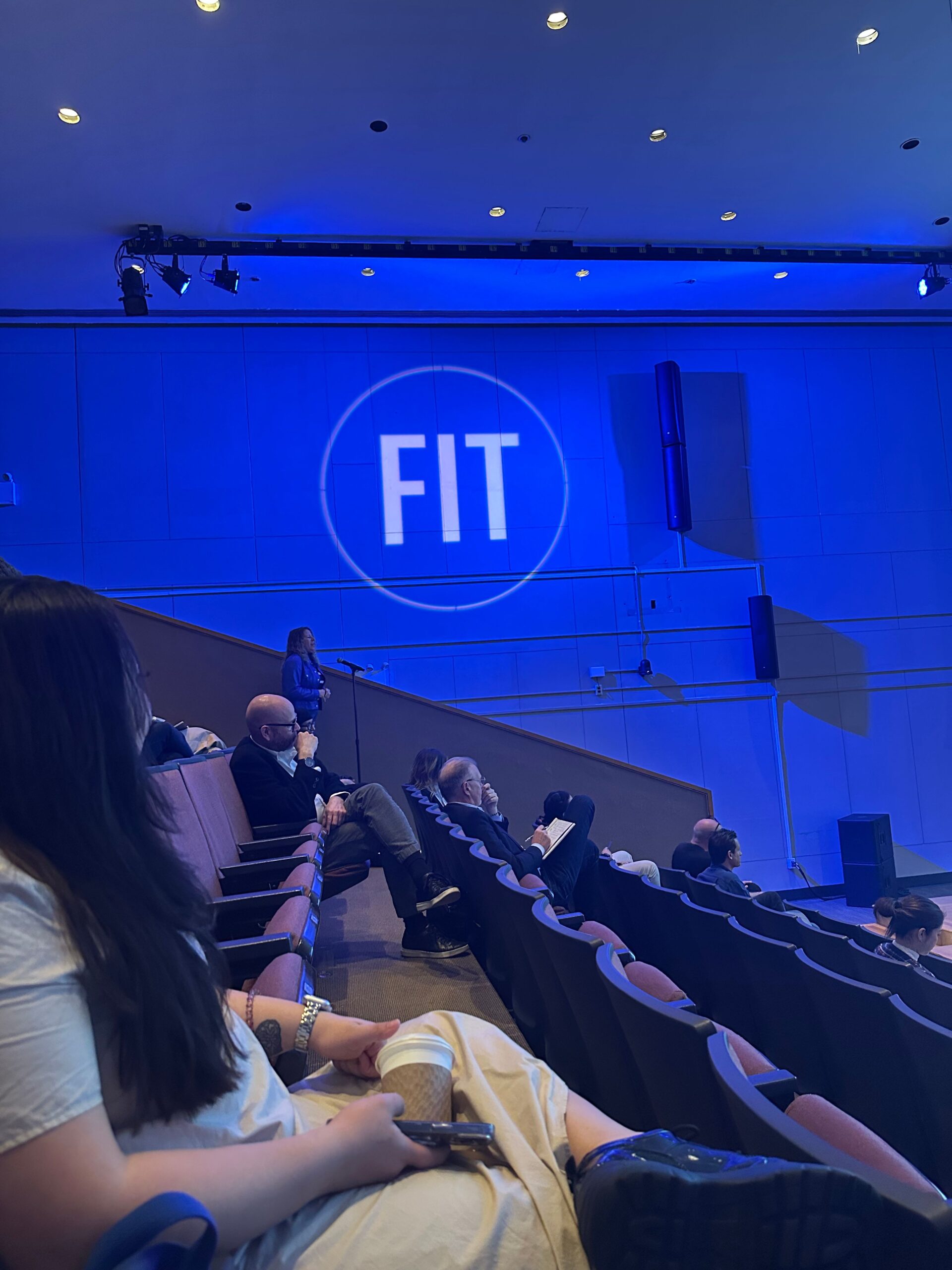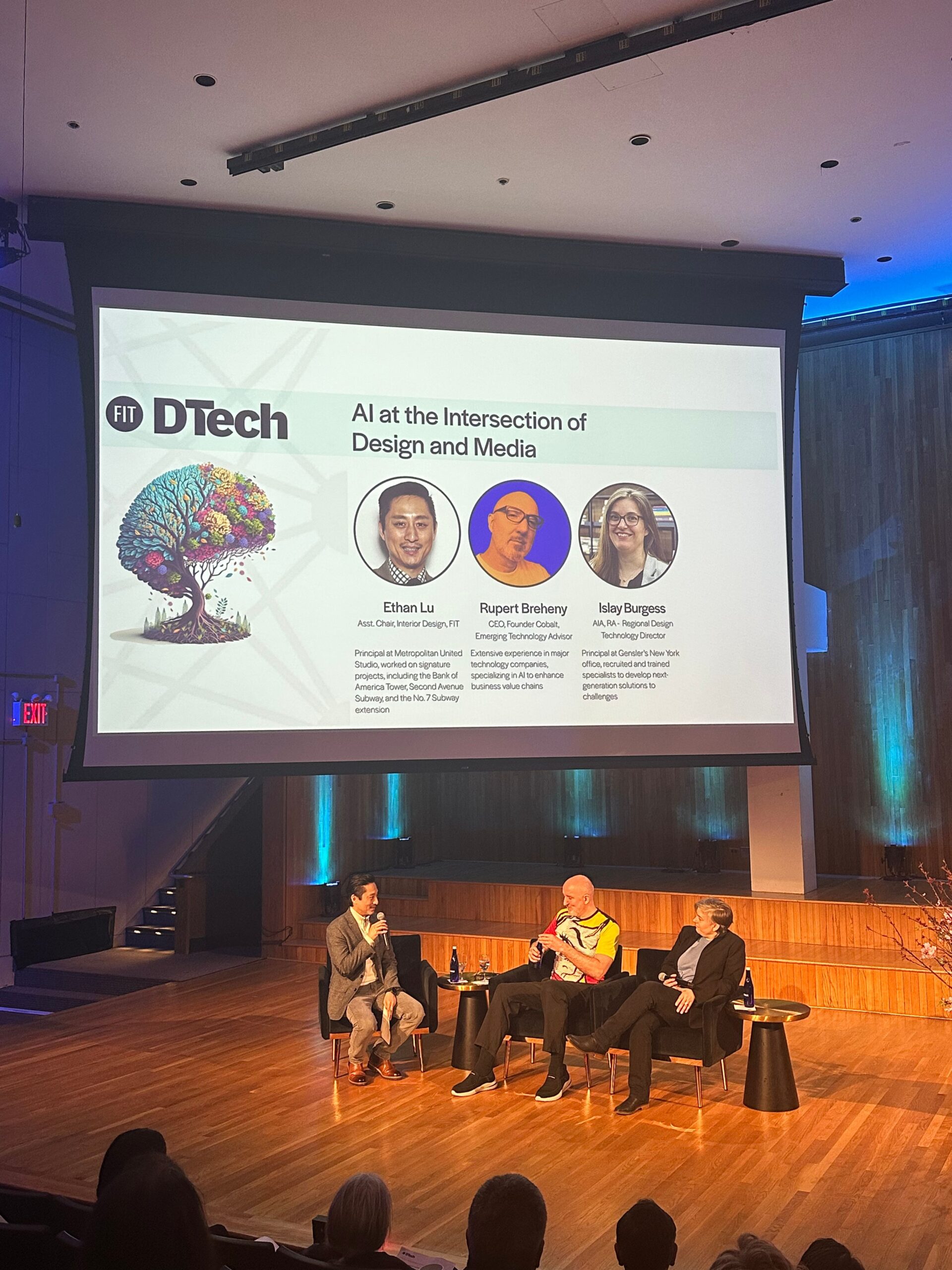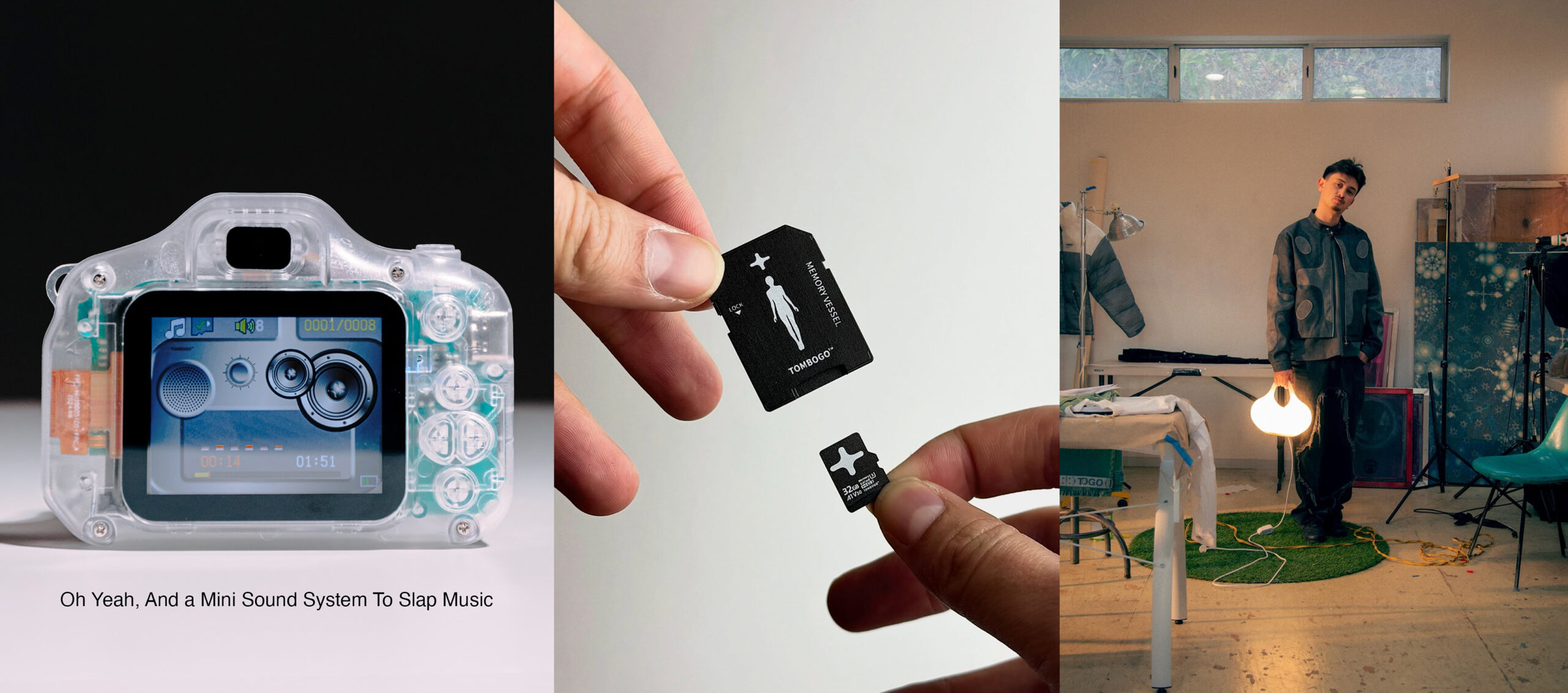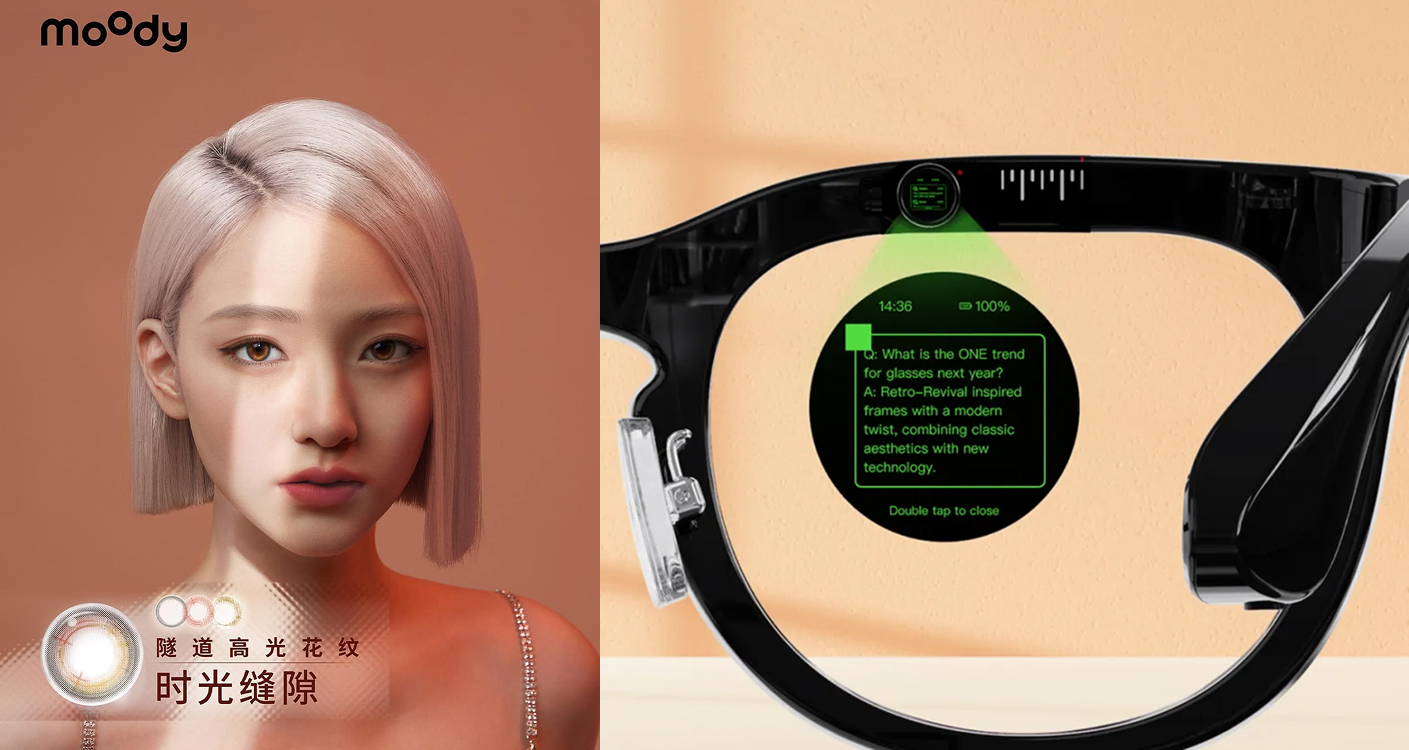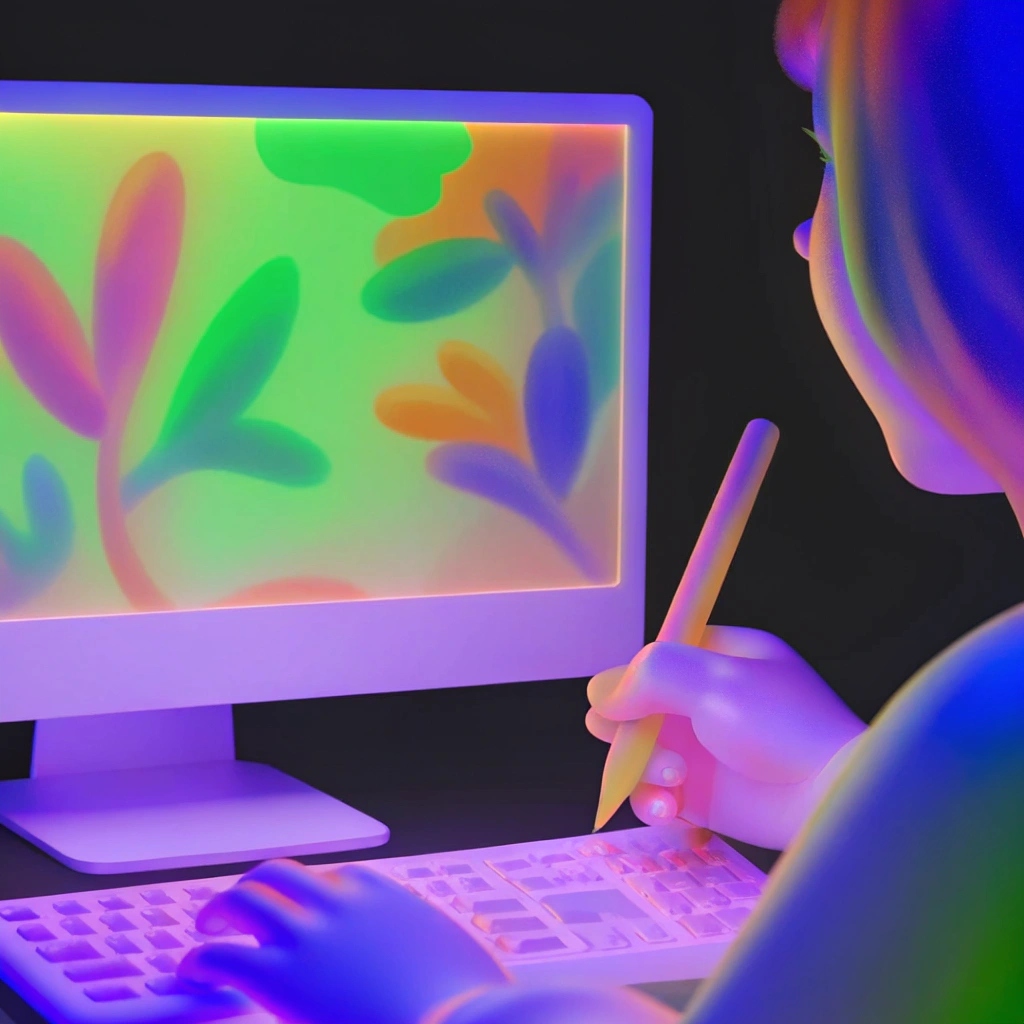With this year’s RCA 2021 graduates, step into the world of Bio-Wear Activism, Humanwear, Digital Mysticism, and No-Wear.
From digital fantasies to Brobdingnagian inflatables, these 10 RCA 2021 graduates are deconstructing the very core of conventional fashion to create a renewed sense of design. The students have showcased a dynamic range of fashion innovations that seem to have birthed a new trans-disciplinary approach.
Here’s how these 10 RCA 2021 graduates defined this new approach.
Fey Fey (Yufei Lau) wants to change the way society sees women
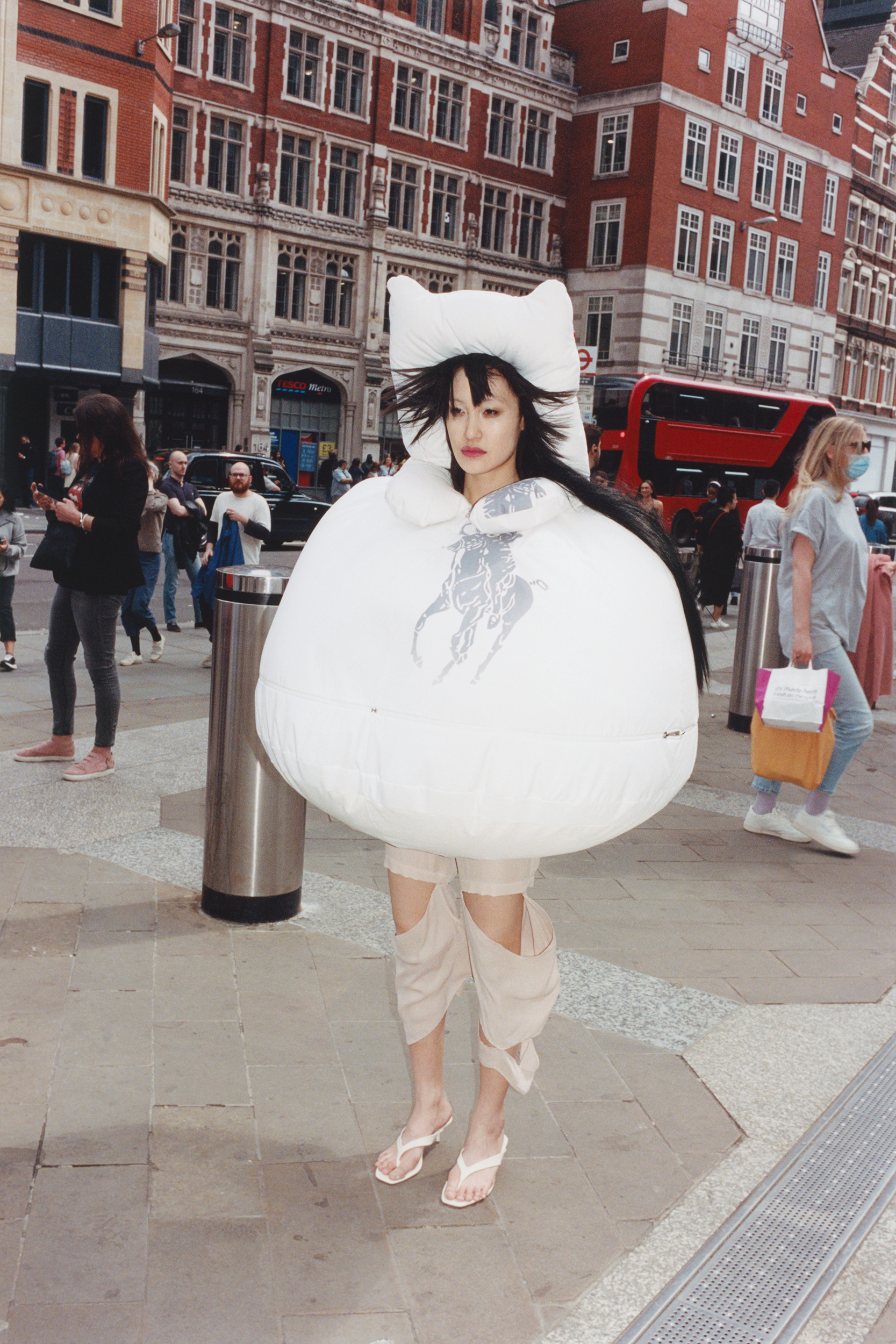
For Fey Fey, women are pushed into a box where they can only standstill in a certain position to qualify for respect and professional success.
“I am disturbed by how I always inevitably ‘choose’ to dress up to be taken seriously by others; the ‘proper’, ‘professional’ clothes make people nicer to me but I ultimately feel small.”
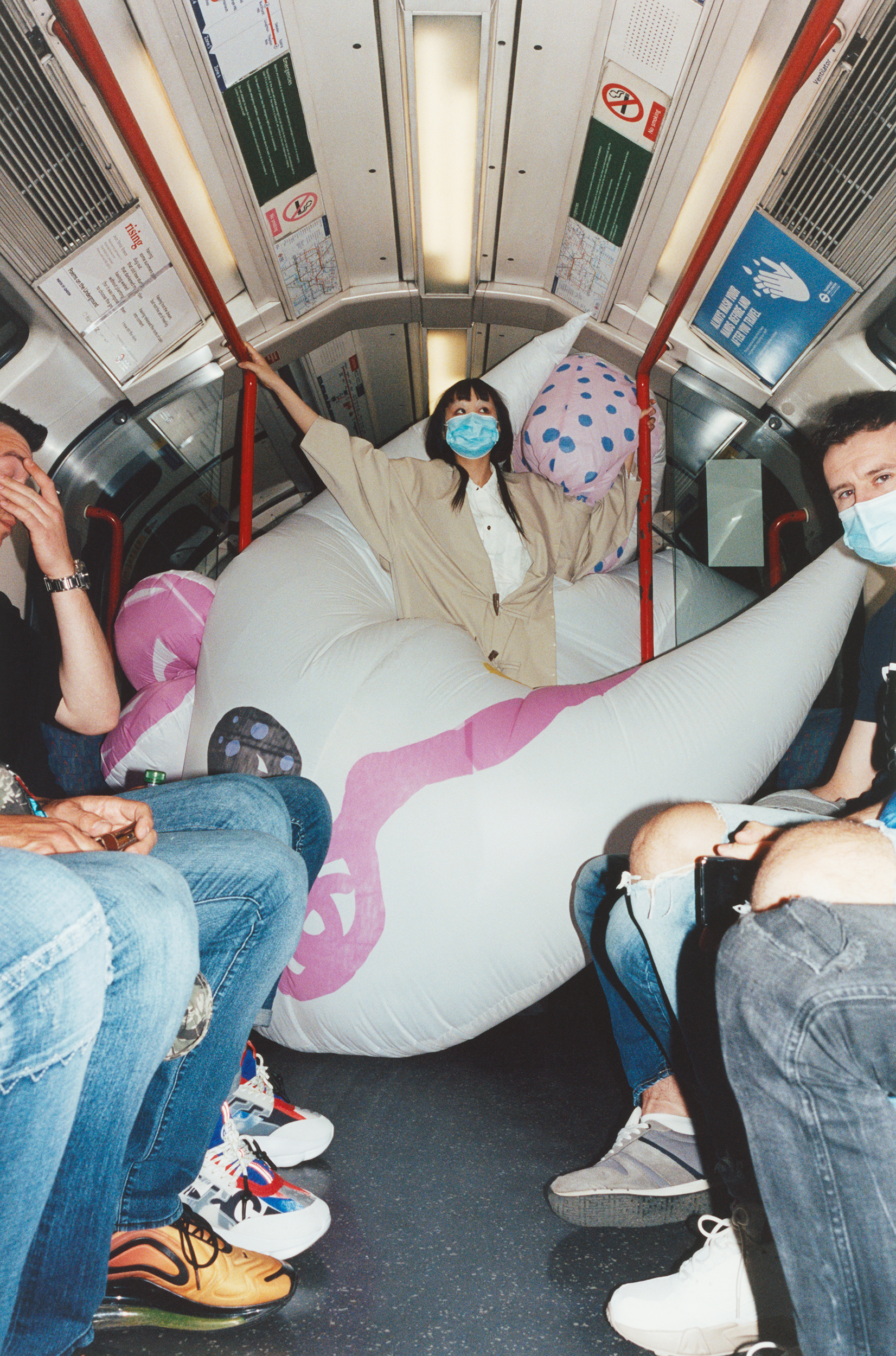
With her project, Fey Fey decided to take up space. Her designs start as regular women’s clothes that gradually inflate into giant asymmetrical shapes, forcing people to move out of the way. With Fey’s designs, nobody can take your place. Fey is inspired by ‘Citizen’s Uniform’ popular around the French Revolution and one of the earliest fashion articles that blurred distinctions between social classes.
Abi Sheng wants to create a fashion blueprint for the future
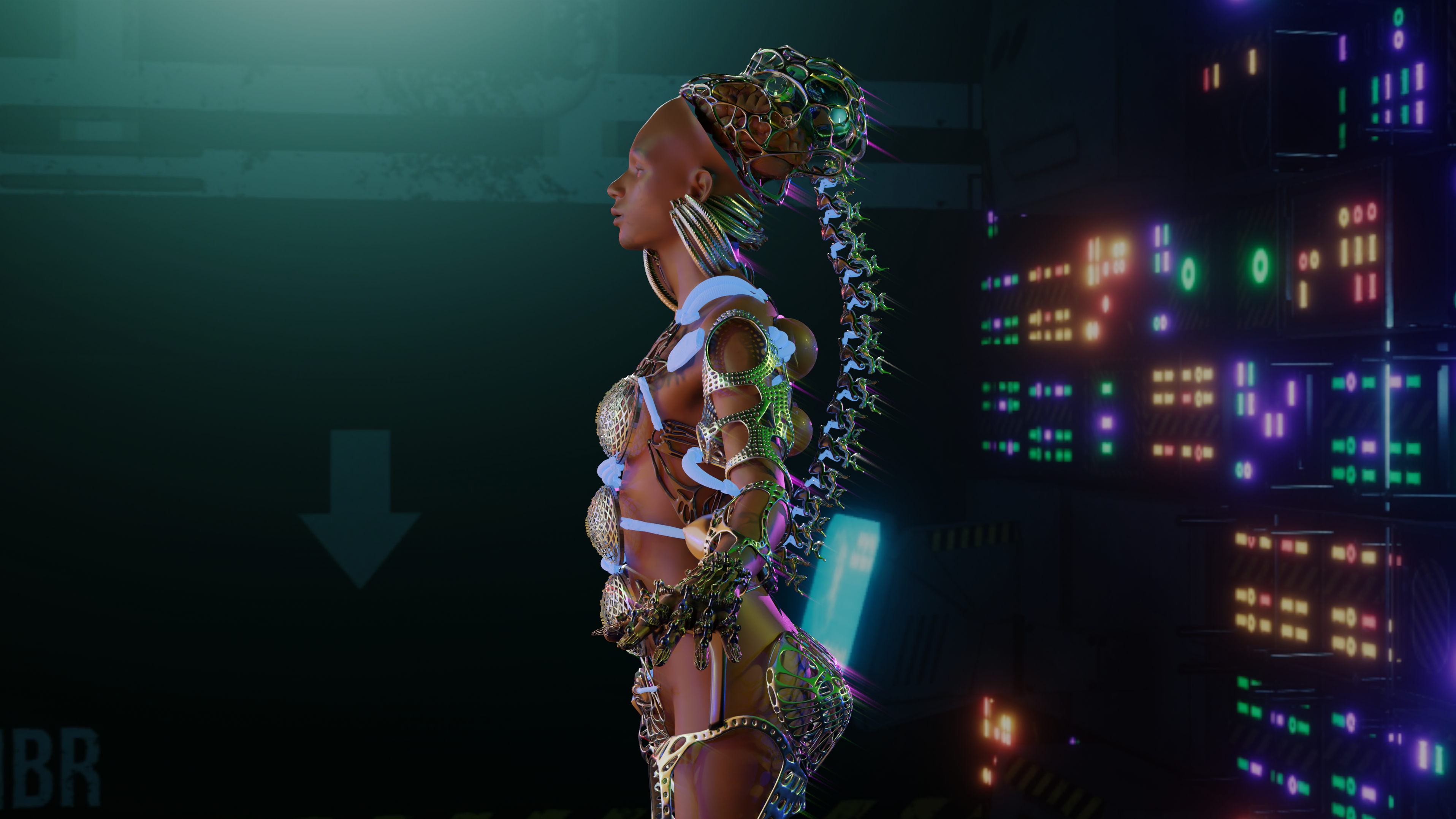
In a world where we are constantly bombarded with problems like disease, natural disasters, and socio-economic issues, Abi Sheng wants to create futuristic fashion that transcends our current reality to that of a possible future. Her project, Sapiens Collective, is characterized by a speculative fashion that augments human bodies. Through her project, she has introduced Eka (meaning one in Sanskrit), a humanoid that encompasses synthetics and biomaterials, and is made to have emotional intelligence. Sheng believes that the purpose of designing clothes goes beyond just covering the physical aspect of being a human.
According to Sheng, “Fashion’s purpose is not only about “garments”, or looking good in a certain way anymore. It has the power to inspire what’s within us and connect us.”
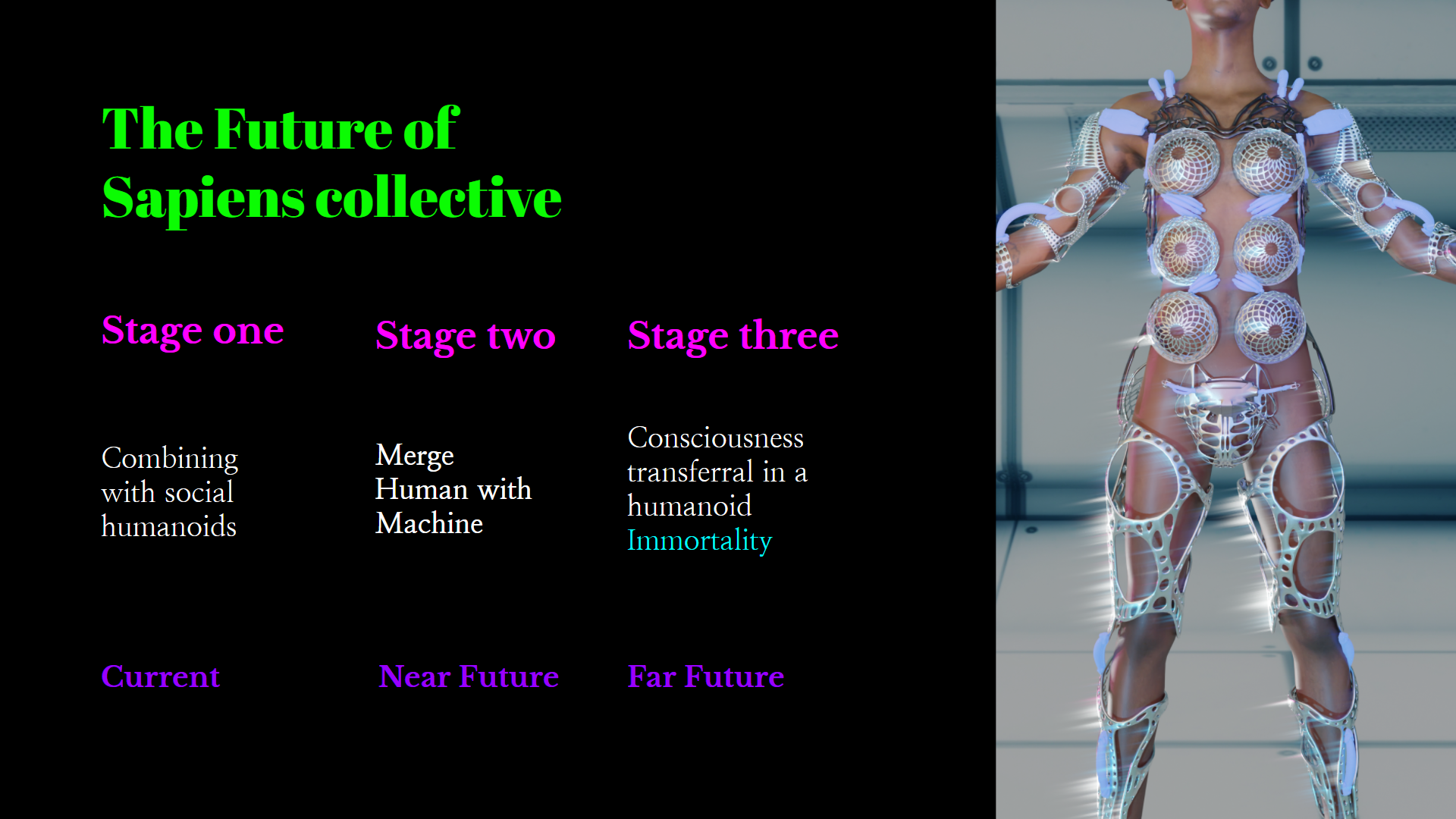
Her work includes rebuilding the identity system that can foster equality through customizable appearances, including body modifications.
Lin Xi Zhu wants to redefine how digital clothing is seen and used
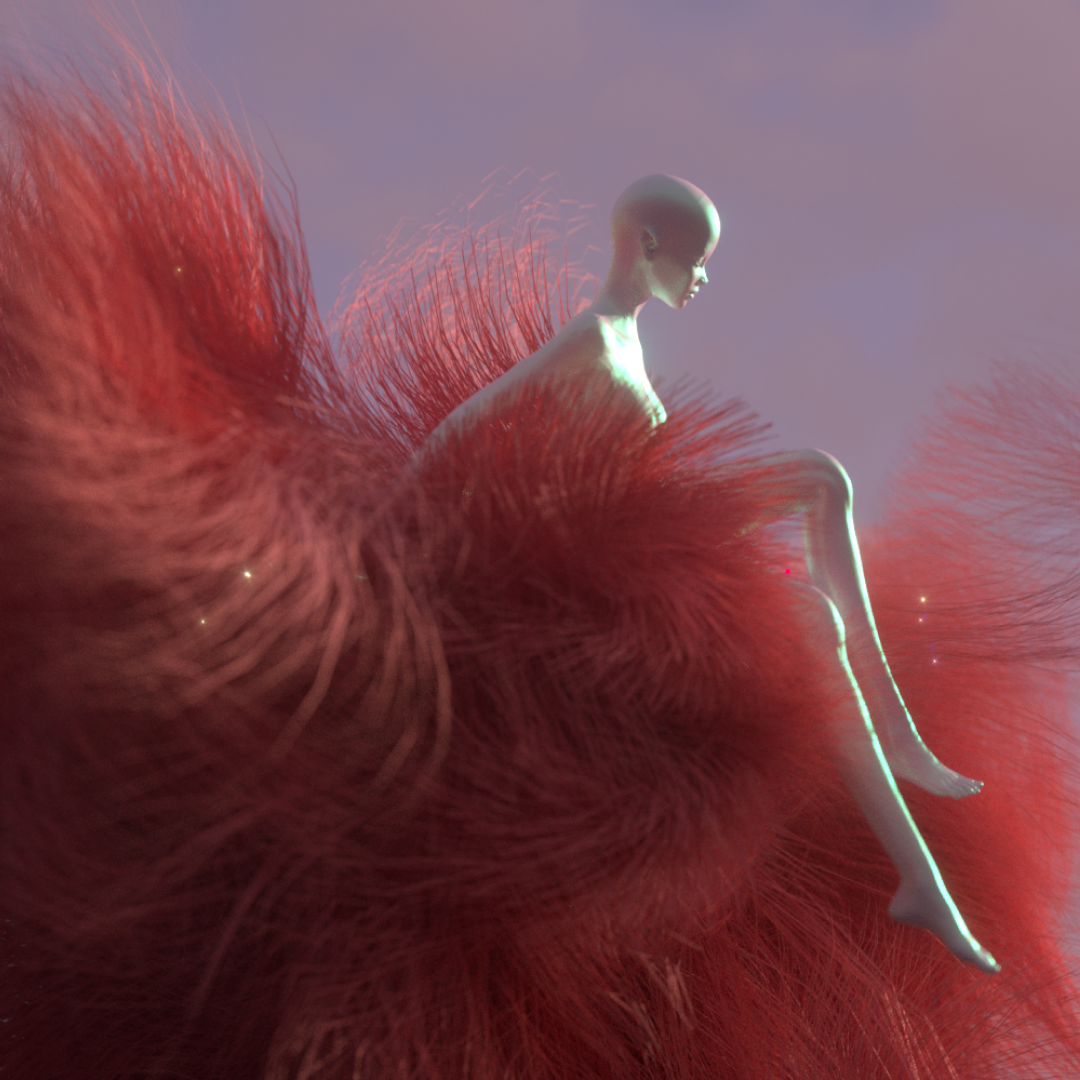
Lin Xi Zhu and Penny Yu collaborated to create “Formless” that aims to shift the fashion experience towards digital through immersive technologies. The project focuses on blending the human body with virtual objects in a virtual world to discover and create new tools, materials, and networks for advanced digital clothing.
Through “Formless”, the duo intends to redefine how digital clothing should be worn. In terms of sustainability and social responsibility, the project seeks to reduce carbon footprint by utilizing AI and innovative digital technologies.
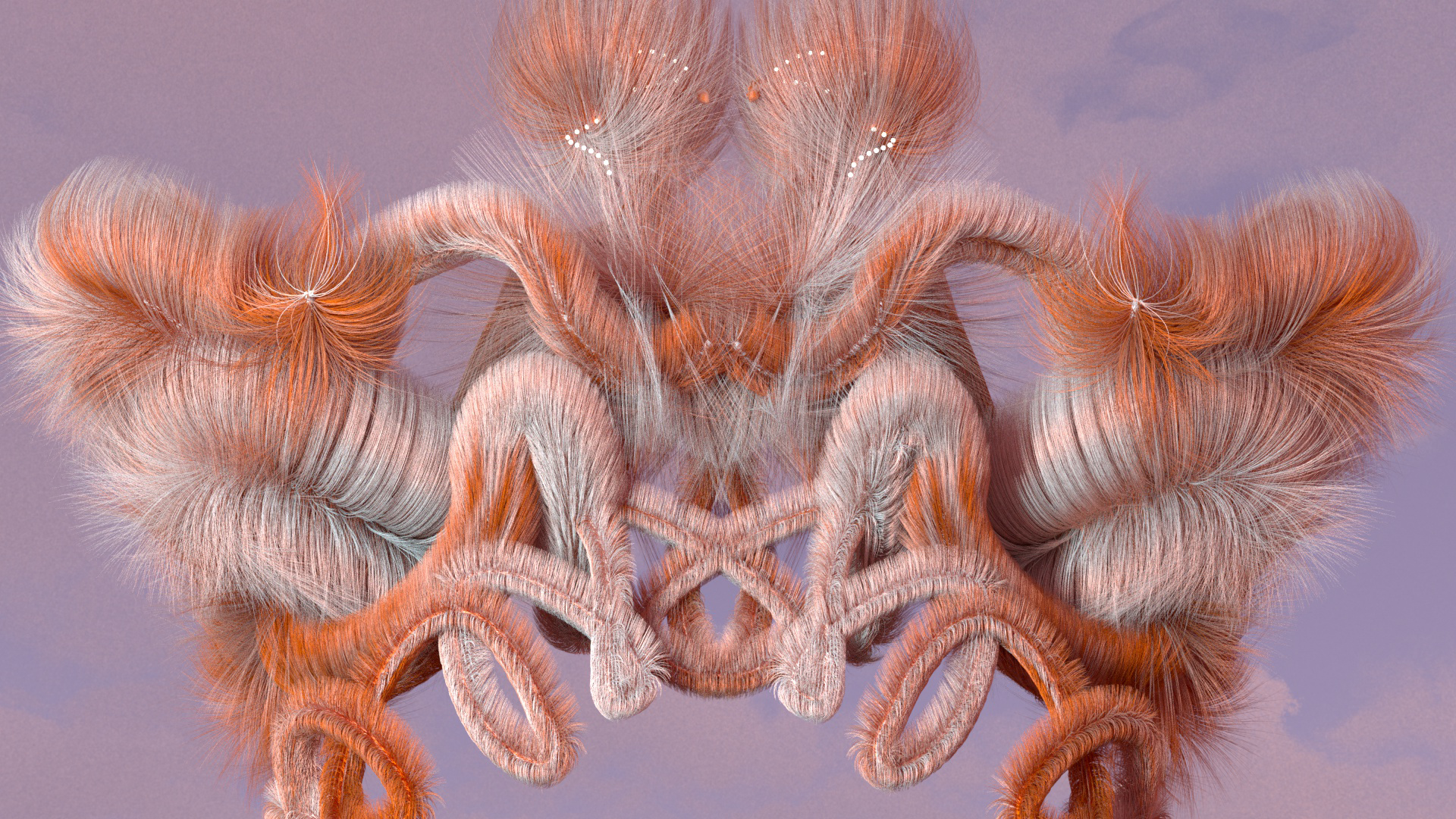
According to Lin Xi Zhu, “My work translates fashion into the digital world. From research, sampling, production to presentation, all steps were made using digital methods, reducing the carbon footprint as an outcome. I am also working with a diverse team ranging from designers, engineers, and programmers to AI specialists. I enjoy the moments where we all discuss and debate openly while treating each other as equals.”
Zongbo Jiang wants to explore earthly problems in a virtual setting
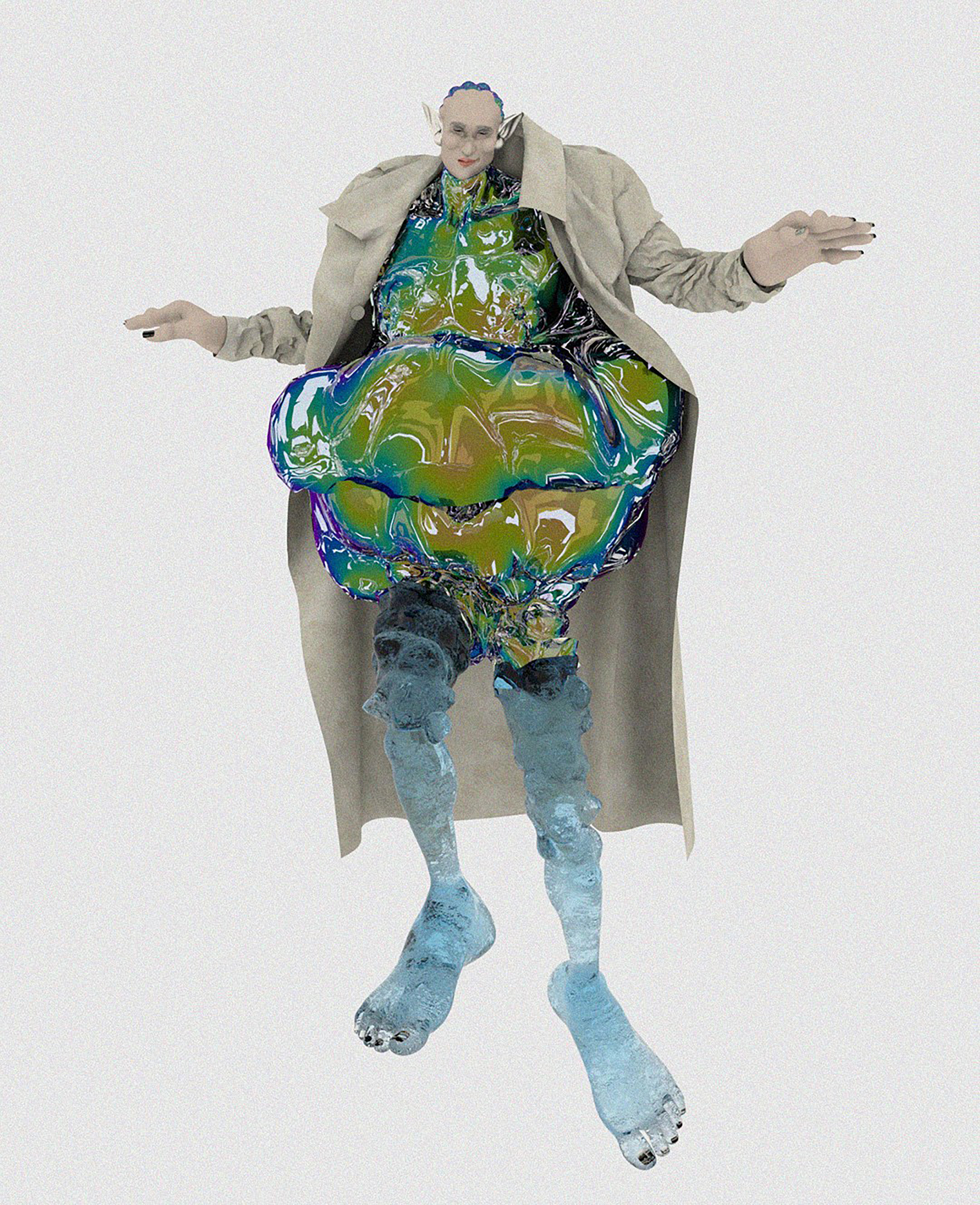
Jiang is one of the most prominent RCA 2021 Graduates, taking earthly issues into a virtual world with “Dilemmas for Earthlings”. Through digital characters and spaces, the designer’s work offers alternative representations of the earthly dilemmas, pondering the change that can help us make things better. In terms of sustainability, Jiang’s work is activism in itself; the designer’s work intends to continue the conversations around sensitive social issues to raise awareness and find solutions.
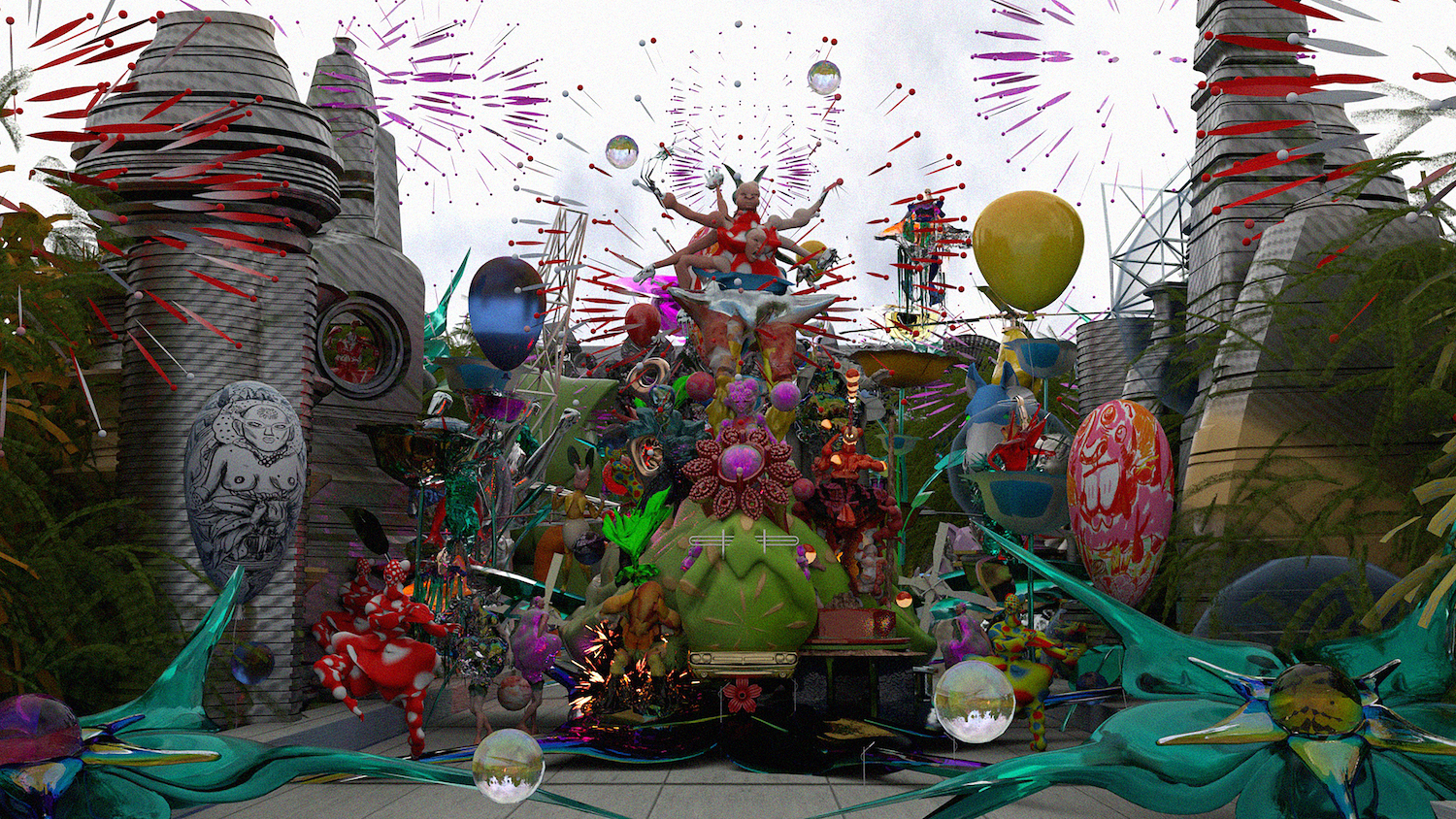
Jiang explains his work: “The past year has reshaped how we create and experience fashion. The rise of ‘the digital’ has played a big role in the changes that we have seen. I believe that these changes have highlighted how certain areas of the fashion industry are completely unsustainable, therefore encouraging us as designers to consider how we can create and explore sustainably.”
Seungmin Koh wants to explore deep emotional states
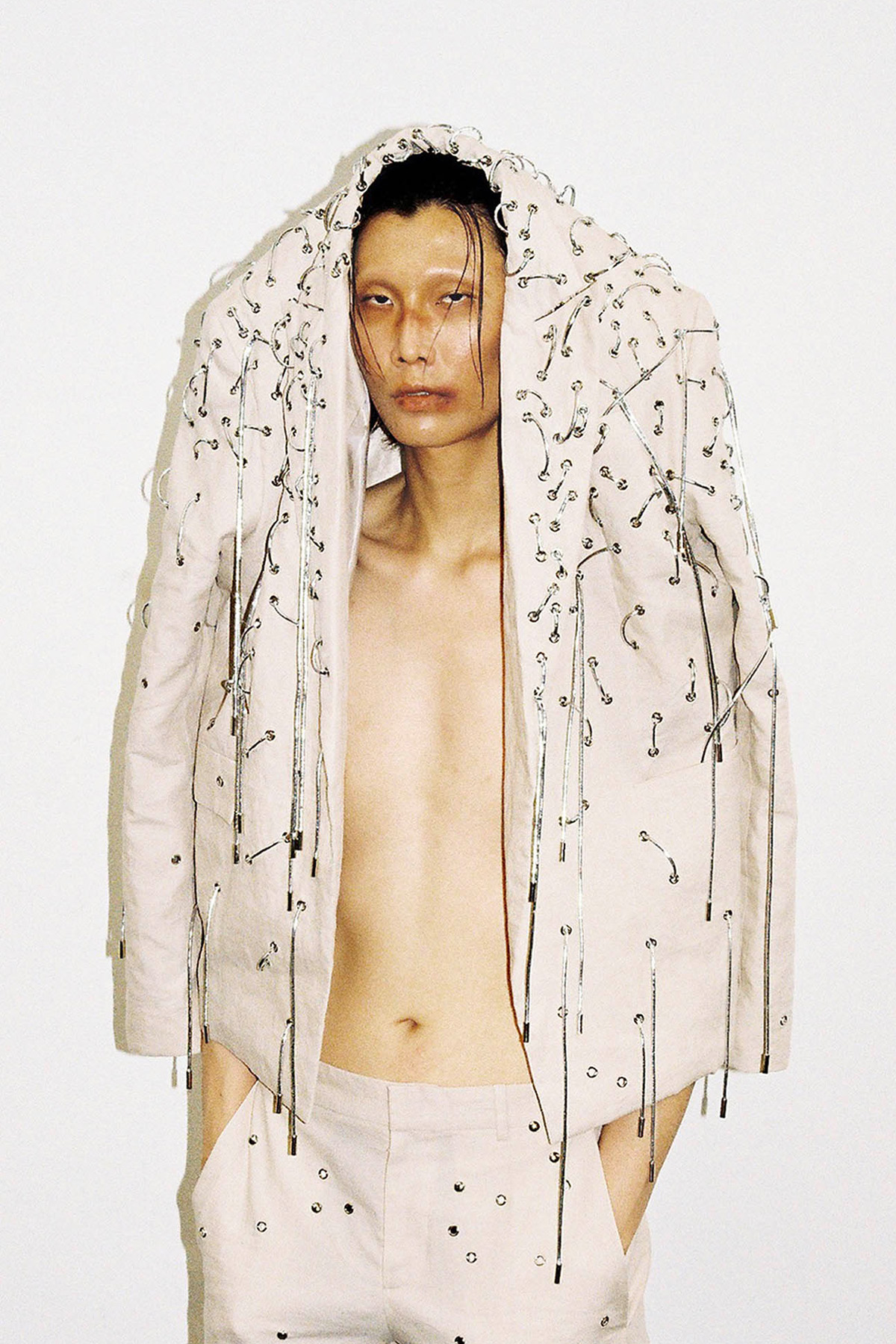
Fashion is more than just covering our bodies. It’s about representing the deep and most covert aspects of our personalities. Koh’s project seeks to define complex human emotions through material development.
She believes in maintaining sustainability and ethics in communities by honoring craftsmans’ worth through rightful price. For her future projects, Koh intends to preserve the traditional Korean methods by merging them with new technologies.
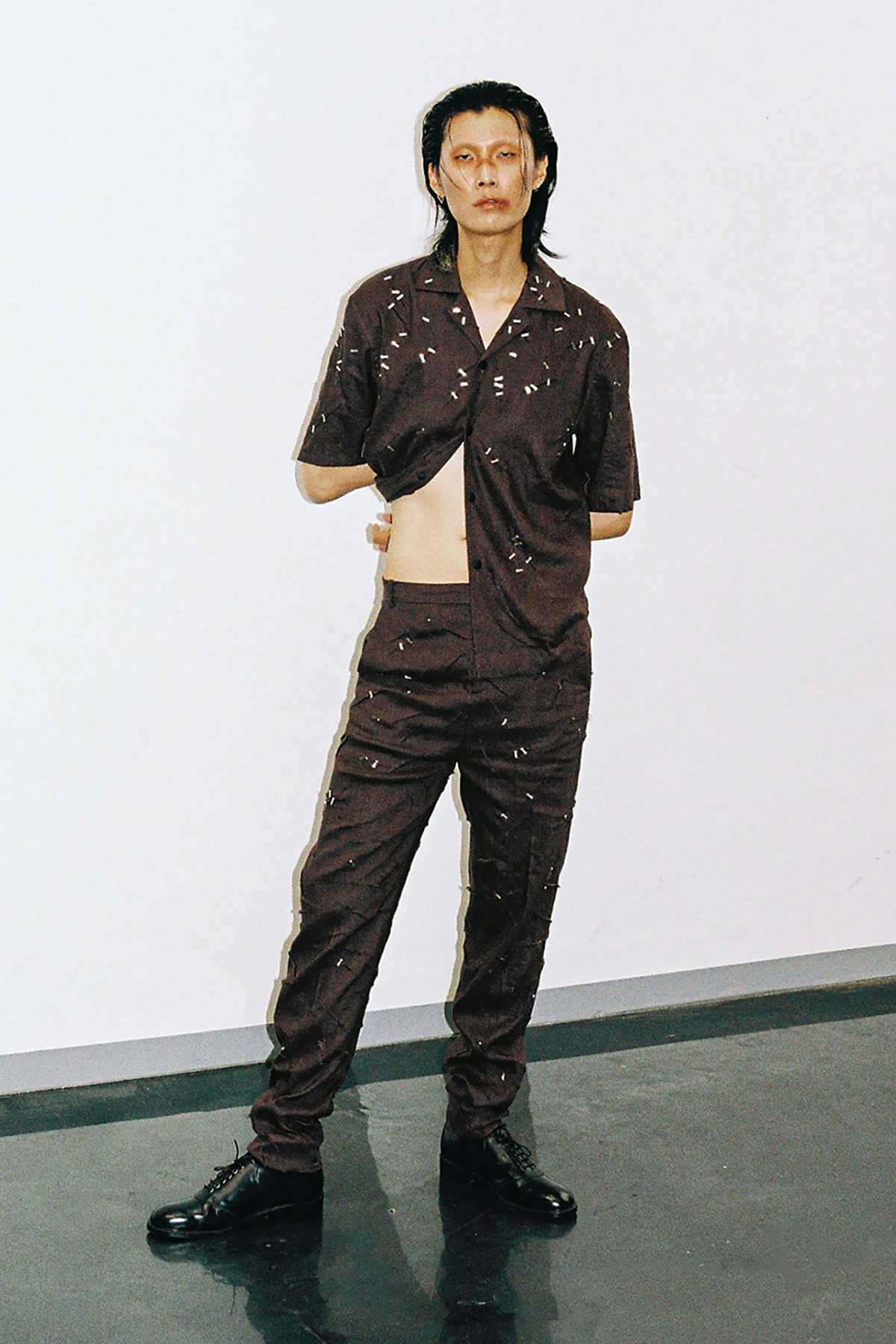
Koh expresses her thoughts on sustainability and ethics: “I believe it is crucial to practice sustainability and maintain ethics within the community around me. Preserving the skills and status of artisans and paying them a respectful price when collaborating with them is my utmost priority.”
Kijeong Choi wants to understand the depth of human perception
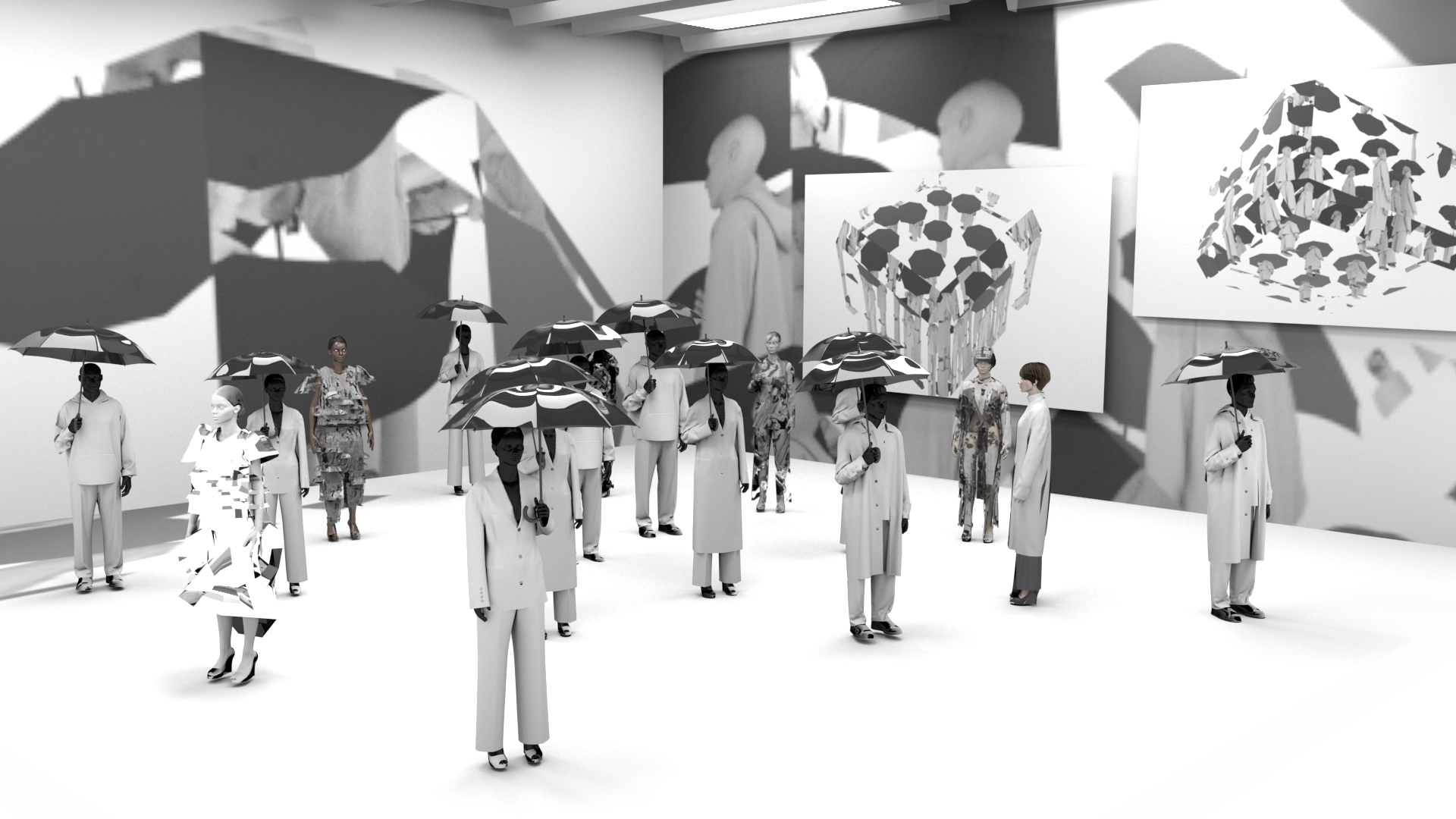
This Brooklyn-based designer’s project is all about deconstructing perceptions. “How I perceive an Umbrella ” is a product of Choi’s inspiration drawn from cubism. According to her, there are several rooms in our perception filled with regenerated imaginations and memories. Based on this concept, she created three rooms for the project and filled them with different fashion objects.
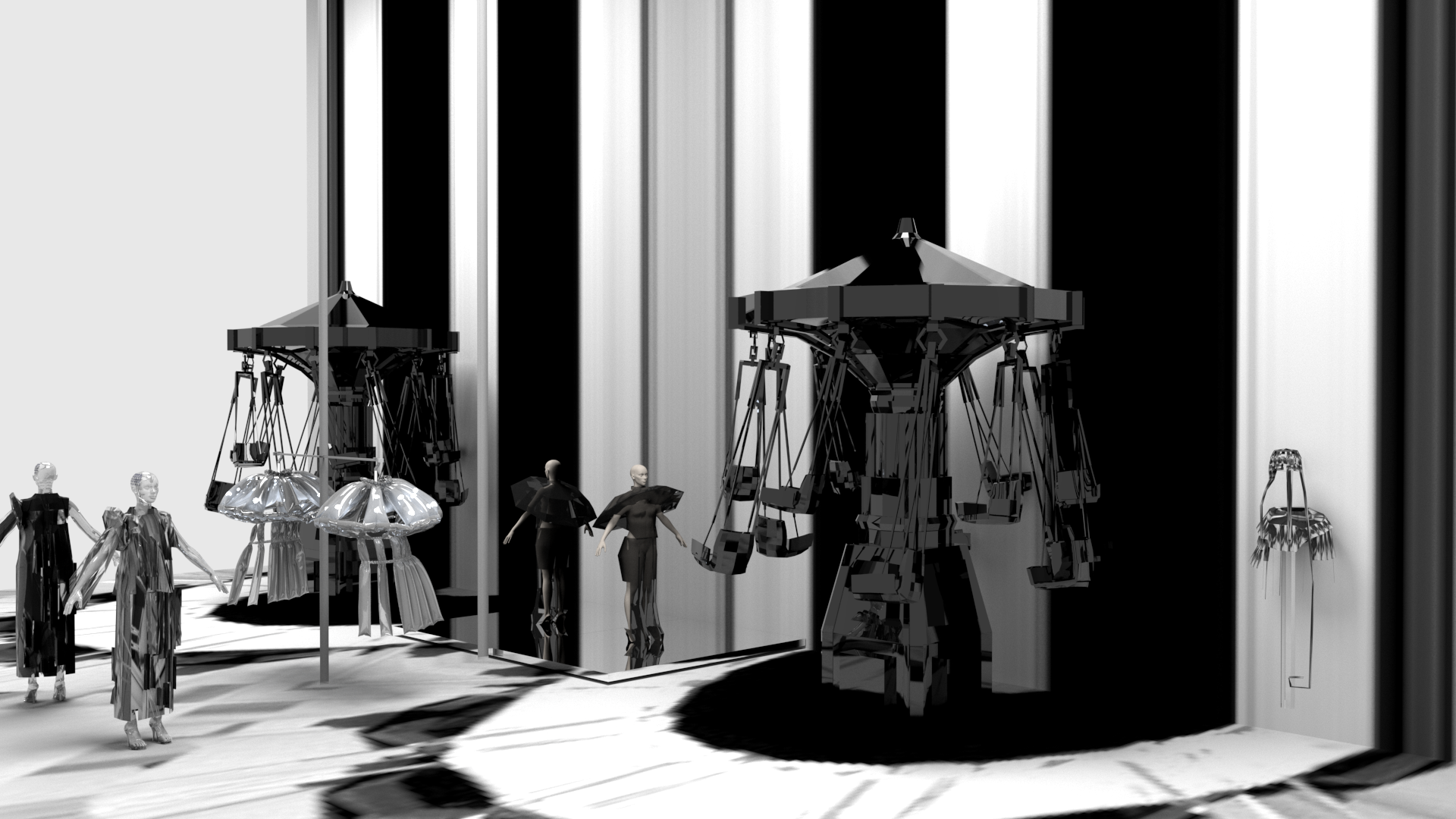
Her expectation with her project is to inspire. In her own words: “I hope people can feel that fashion is limitless and see the relationship between my sculptural pieces and their background.”
Anna Deller – Yee wants to redefine what it means to be a woman
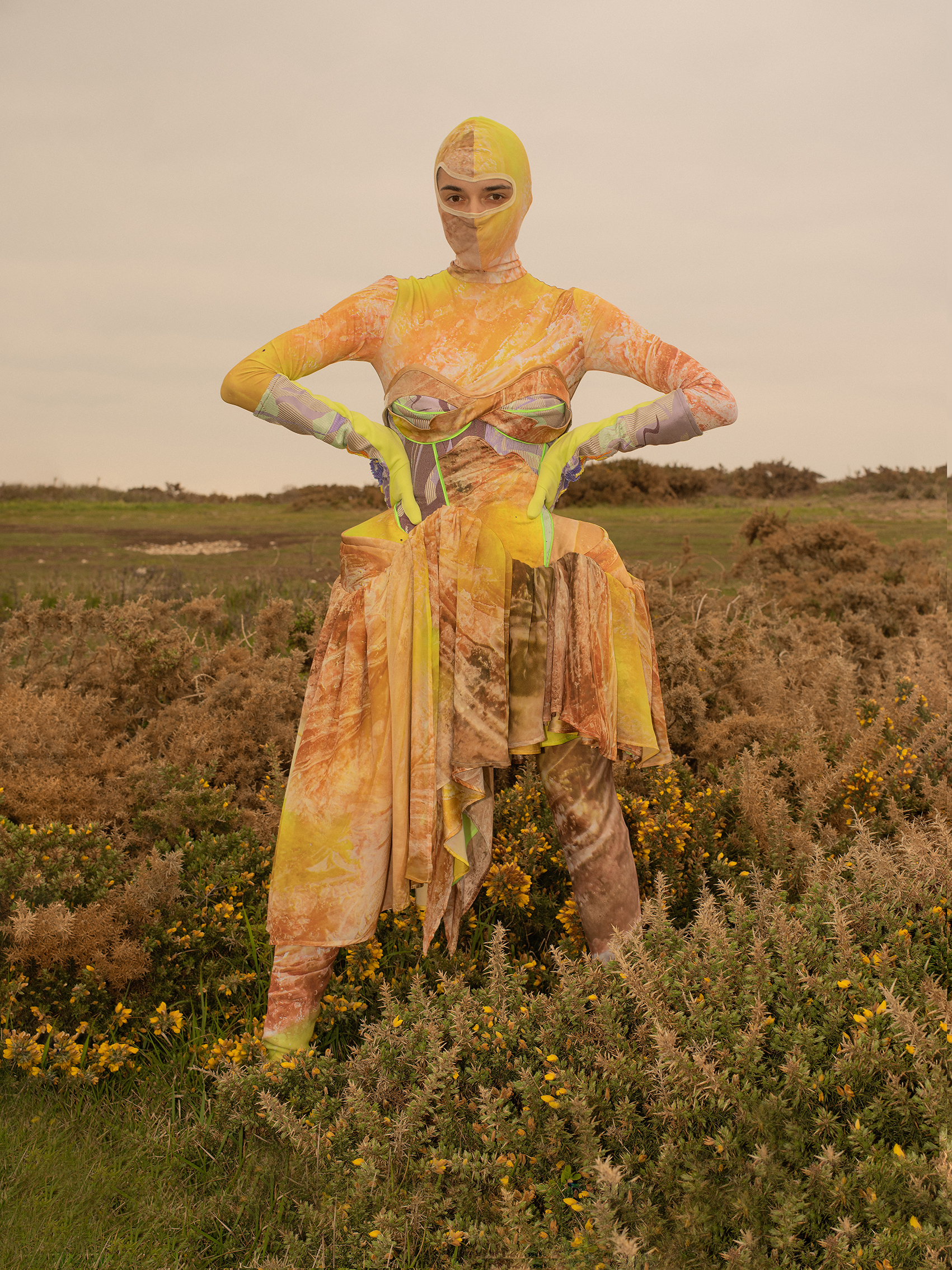
Her project is titled, “The Symphony of Self” and focuses on analyzing and celebrating the fragility of being a woman through artistic collaborations.
This is an ongoing project. For its first act (named KAKUSHIBORI, meaning “hidden carving”), the designer has collaborated with Nicolas Bernklau (a typographer) to create a common shape pool of new and innovative ideas that inspire various performances that include a unique relationship with the designer’s body and objects.
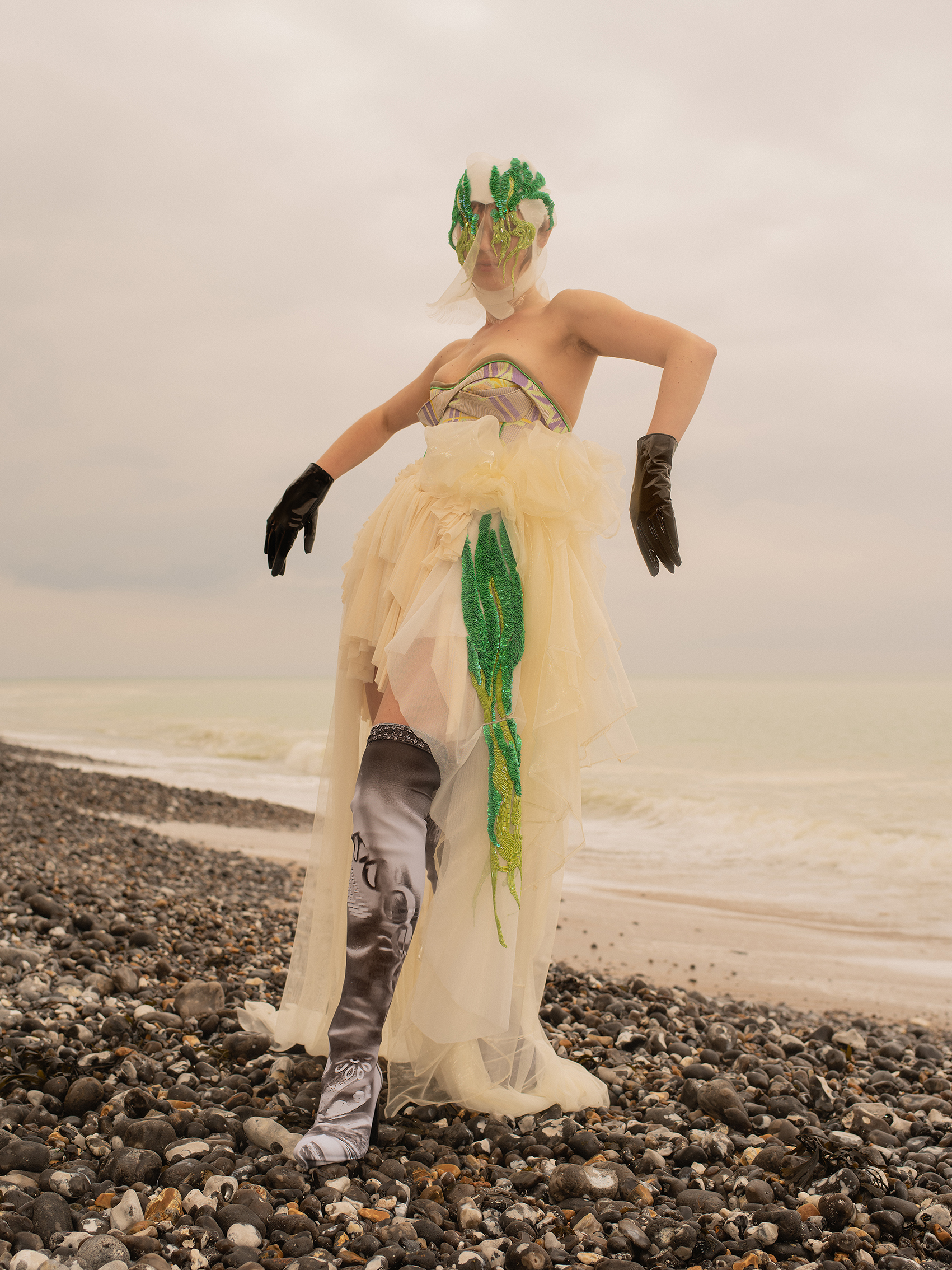
According to Anna, fashion is an amalgamation of every little thing that surrounds us: wet asphalt after a rainy day, cigarettes, whiskey, needles puncturing the skin, howling of the train, and the light shining through cracks of an eggshell at dawn. She is deeply inspired by the human touch in manufacturing and believes in sustainability and ethical practices that value human craftsmanship (such as beading, hand sewing, or painting), which she believes cannot be replaced, not even with high tech AI, pixels on a screen, or fast fashion.
According to her, “I have come to realize that one thing I’d like to see valued and appreciated more (in terms of ethics, identity, and ecology) is the human hand/touch. I’d like to see it considered and valued more across all levels of supply chains.”
Bea Brücker wants to create and mobilize a bio-fashion movement
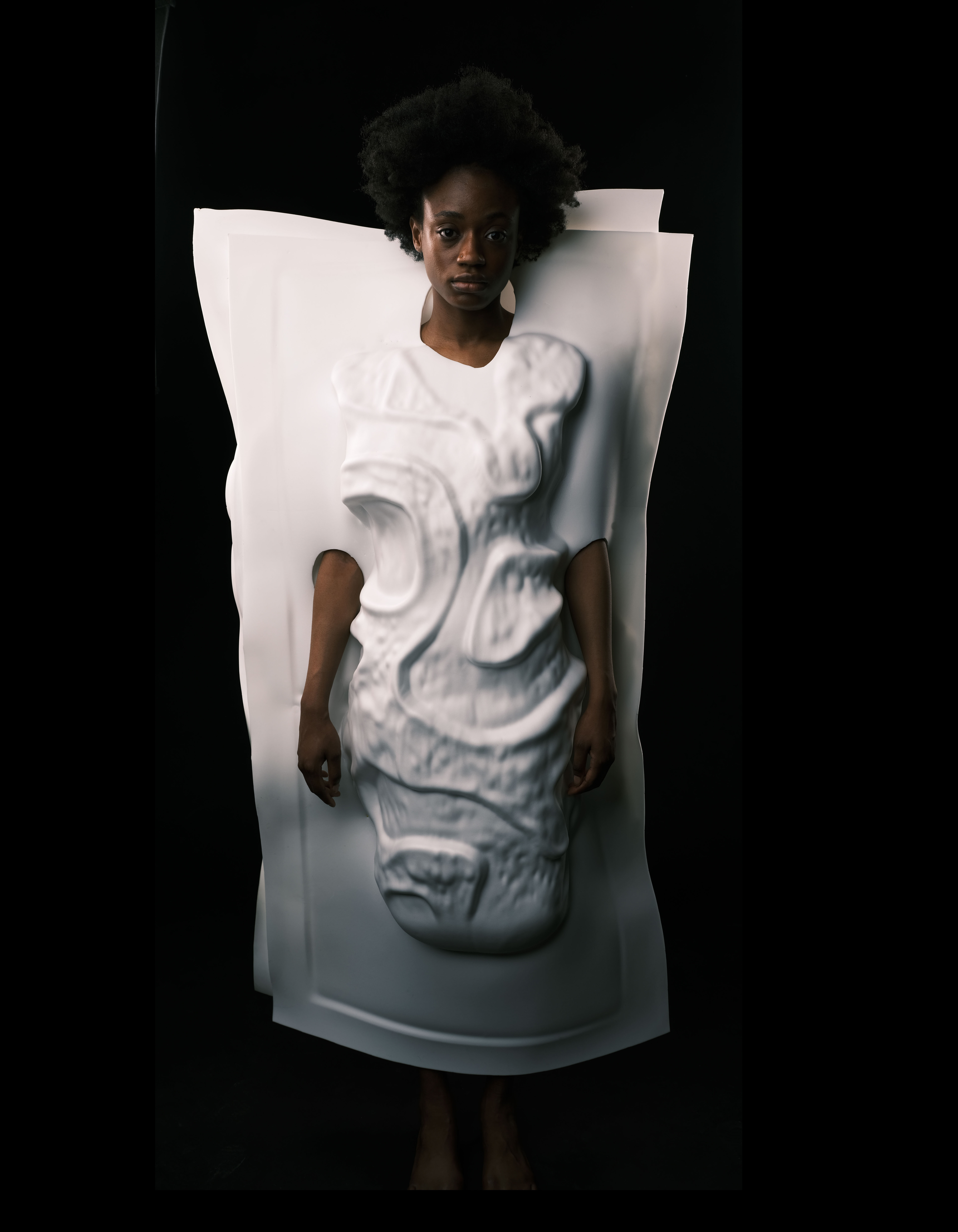
Her project “Morphogenesis” is set in a speculative setting that is heavily characterized by real-world predicaments such as the pandemic, ecological dead zones, and social injustice. She wants to create a bio-fashion movement to address the many Gordian knots in our society. In her design movement, bio-hackers and fashion designers band together to find innovative solutions to the many ongoing social challenges. The designer’s project ponders the questions: What does the future look like where we coexist with nature rather than exploiting it? How can we use new technologies to eradicate capitalistic systems of exploitation and create lasting social change?
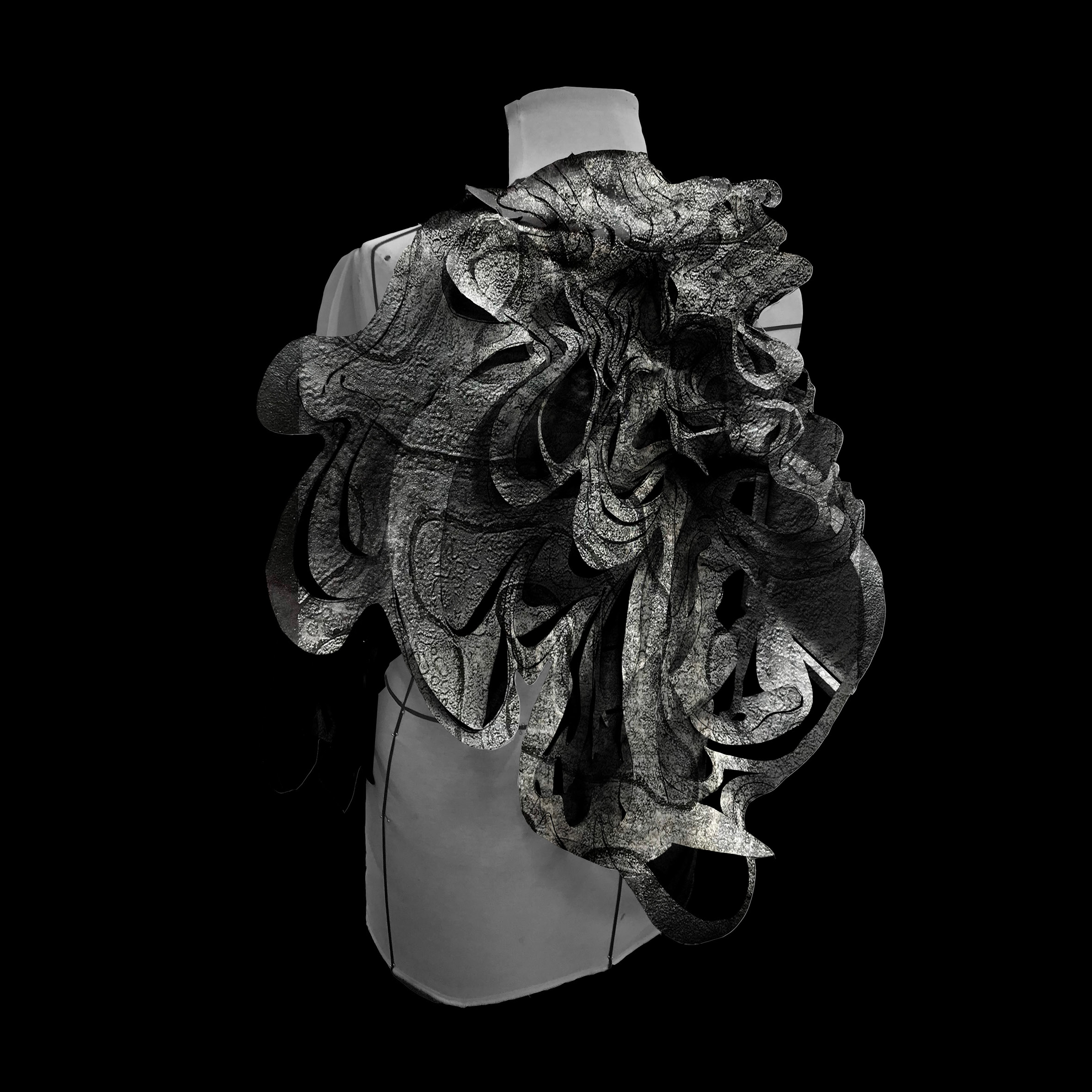
Brücker believes in sharing resources and research to achieve that kind of change.
“The urgency of the climate catastrophe demands that we find disruptive solutions and build a more ethically, socially, and environmentally sustainable system. We can only do this by working together and sharing research and resources. We need to learn to work collaboratively instead of seeing each other as competitors.”
Rika Kim wants to change how society sees “femininity”
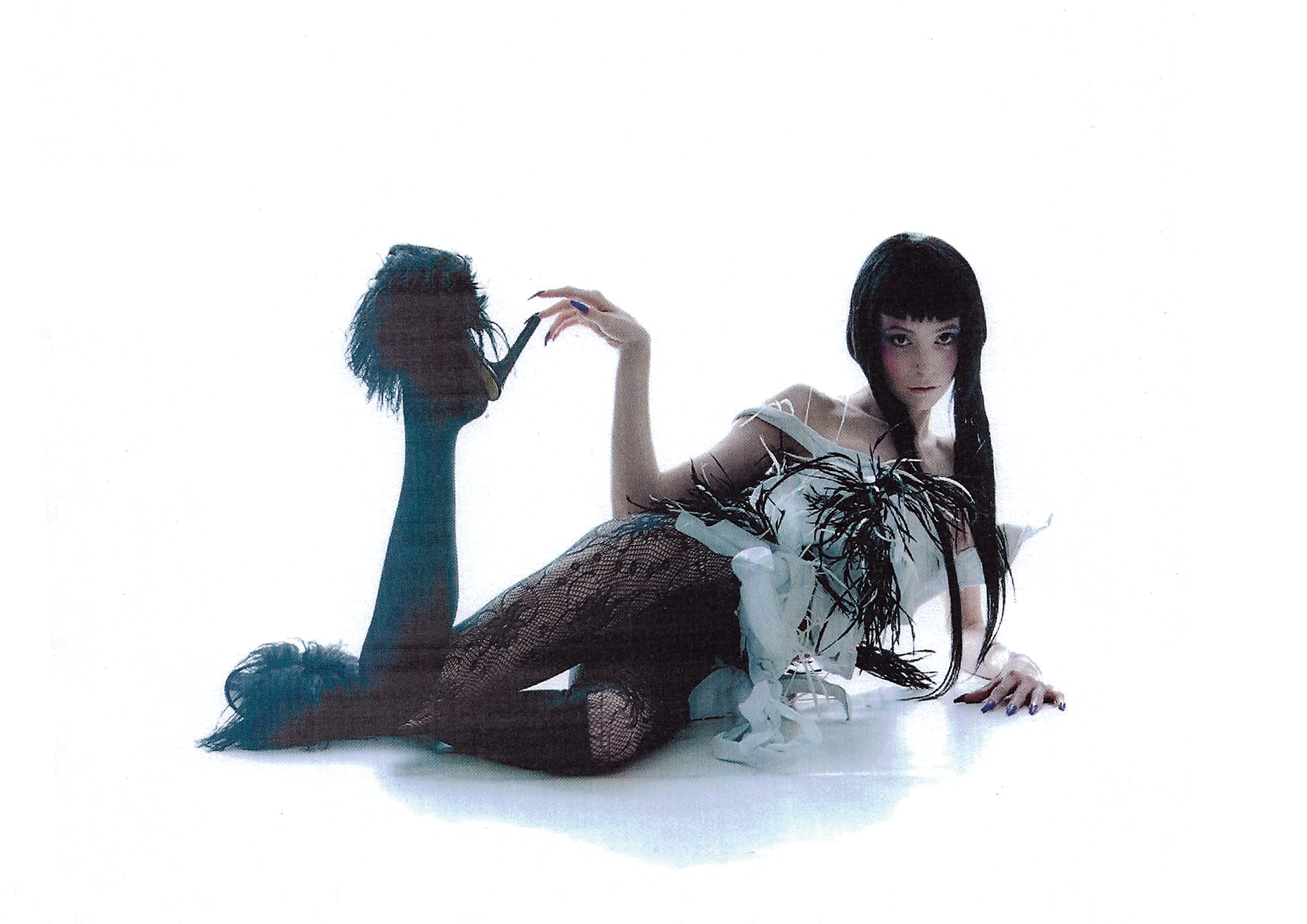
“I felt like I needed to act or pretend to be ‘feminine or ‘pretty’ to be accepted as a decent woman in society.”
Rika Kim’s inspiration for her project comes from Rei Kawakubo’s saying that goes like, “I make clothes for a woman who is not swayed by what her husband thinks.” It motivated her to redefine femininity free of oppressive stereotypes. Her project includes themes of witchcraft which she sees as having a strong female-centered ethos.
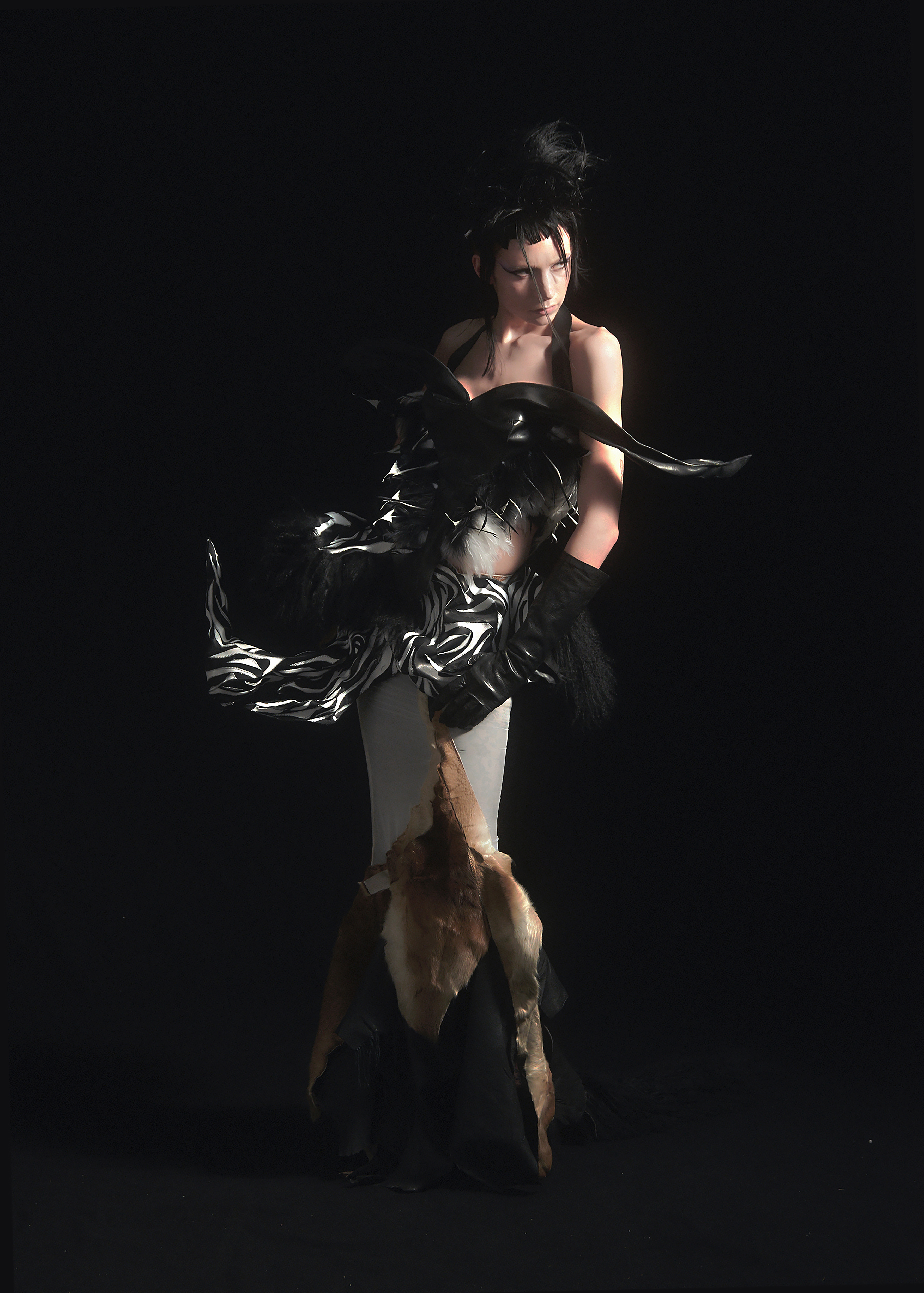
Although her designs use leather as the key ingredient, Kim believes in creating less waste during manufacturing. Her collection includes fake animal patterns that have been reconfigured using leather offcuts.
Rachel Wu wants to reassess human fear observed during quarantine through 3D
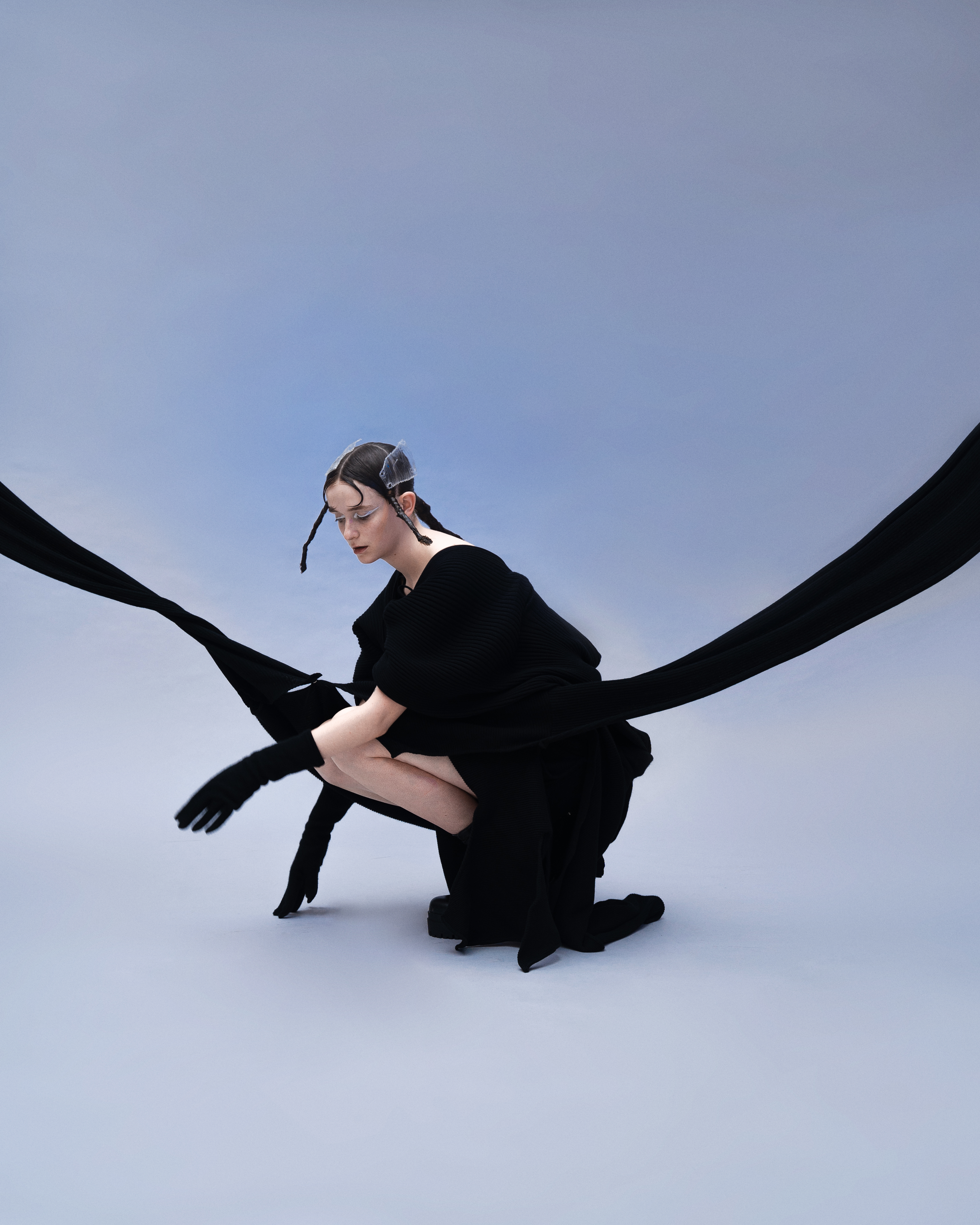
“Fashion has been a way for me to visualize all aspects of my life, and translate 2D blurs and smudges to 3D. Ultimately, though, neither fashion nor art fundamentally expresses who I am and who I want to be.”
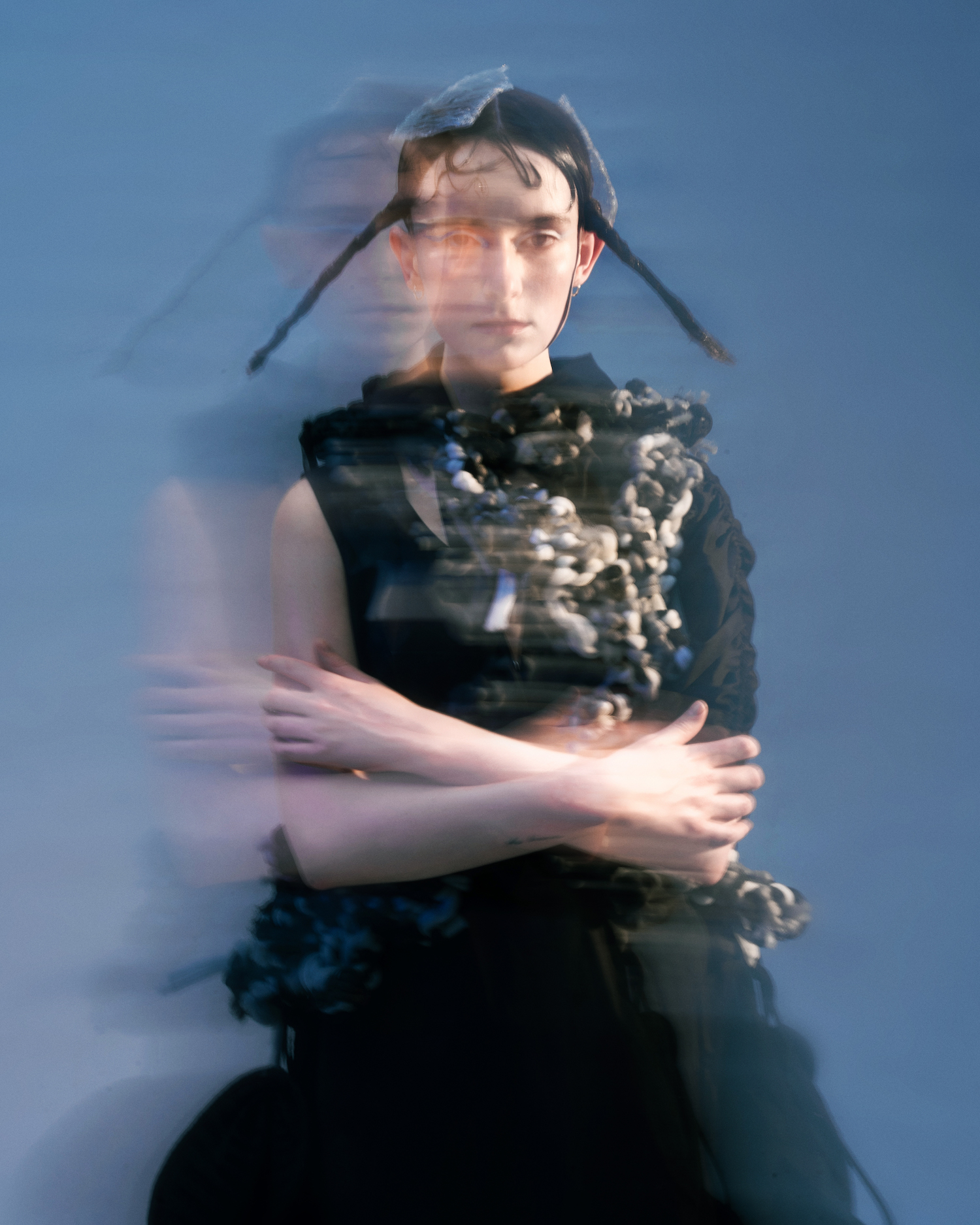
Rachel was inspired by Cornelia Parker’s “The Maybe” for her project that includes a 3D wearable structure. Her design explores the relationship between humans and space, something she was forced to analyse during quarantine when space seemed restricted.
Wu believes in fewer garments that focus on the expression of personality rather than consuming fashion meaninglessly. And by choosing fashion carefully, both consumers and designers will contribute towards sustainability.
The future of fashion design
Fashion designers have great responsibilities to make the right choices so they can influence a positive change. All the designers from this year’s graduation seem to have an understanding of this responsibility. RCA 2021 graduates took influence from lockdown, environmental damage, and social injustices that have plagued our societies for too long. Each project has a distinct goal, which shows through the designer’s craft. Each designer is actively participating in fostering a change that would resolve the many dilemmas of our society and perhaps initiate a lasting social and cultural shift.
Discover more fashion designers working in 3D design and innovative fashion technologies.
